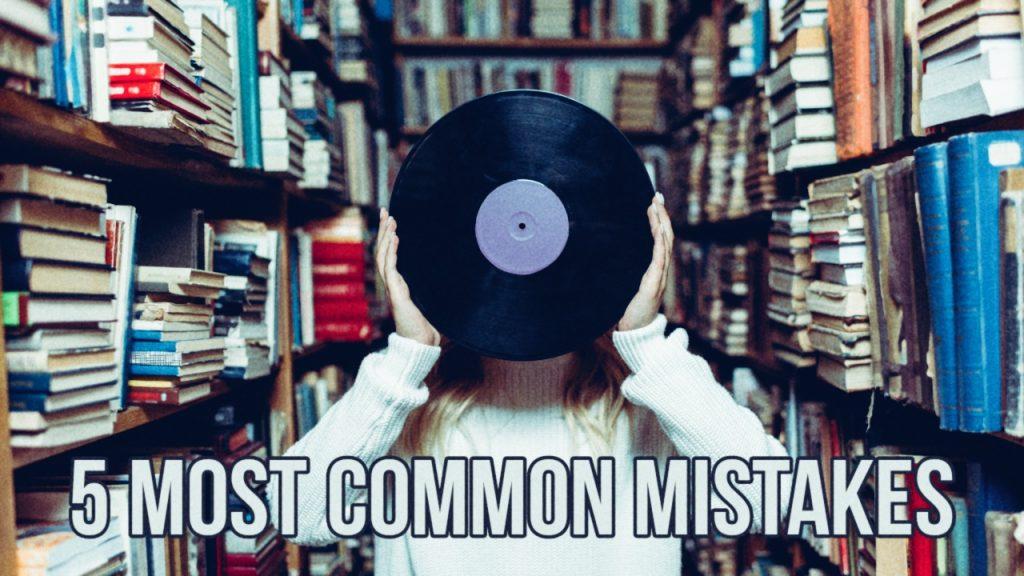Lo-fi beats are an alternative to traditional drum machines that produce sounds by using only a few drums at a time. They’re usually created on a computer, and then exported to a DAW for mixing.

Using too much noise
One mistake people often make with lo-fi beats is adding too much noise. This can cause the beat to lose its original character and become more generic. It’s also easy to accidentally add too much noise during production. That results in disturbing quality, while listening. And while the point of lo-fi music is to soothe mind and offer some chill moments, too much of noise may effect the opposite. Therefore, producers, be careful with noise!
Mixing too loud or over-distort your lo-fi beats
This is a common mistake. Many of the popular songs today are offering less dynamics (depending on producers of course) on the other hand ending up pretty loud. The trick is to have a clear aim. I mean if you are to get into Spotify Playlist, it is worth taking your time checking the beats there. Metering them how loud they are and align your mastering accordingly.
Over-distorting is pretty much about using compressors and distort VSTs too much. What does that mean? Usually you add these to certain lines to offer a bit of a body, to make that instruments more heavy. However too heavy might be odd in case of lo-fi beats.
Too much bass
Another trendy thing nowadays is boosting base. Literally all earphones you buy, let it be cable, TWS or LDAC, whatsoever – bass boost was and is a pretty trendy eye-candy on the package. But it might end up creating the willingness to boost it on the track as well. Don’t do that. While earphones have generally little body, the bass offered is usually lower than any other speakers. And as you are not to limit your music to earphones over. Let the users add their desired amount of base and focus on offering balanced level of highs and lows.
Not using references – list your fave lo-fi beats artists
Yes, as stated before: listen to the market. List your fave artist, follow them. It is not only elegant to know the big names in your genre. But it is also a competitive advantage to know the experimental and mainstream parts of lo-fi. Therefore you can chain your beats in the comments as well as know how to master your beats in the finishing phase. Use them while mastering your latest EP to meet the market expectations. But also make sure not to over-align your beats. Keeping what makes you different is crucial to my point of view. In my case e.g. I love using grainy photos as covers and even though now I would have other options, I still keep using them. Lo-fi beats get lo-fi photo covers at Latte Chill project.
Mixing on the same day as tracking or editing
Last, but not least. Do not try to finish your EP in a day. Give it time and space. Let me share with you how I do it, when I’m working on my latest beats.
I record my beats with PO-33 KO and/or Koala Sampler. I use the same mix pack including EQ, reverb and iZotope Vinyl. I align the mix of the track and then give it a rest. That means I export the beat and listen to it. I reedit what I want later (couple of days usually next to my work etc), then start mastering. I use Ozone Lite as a free but capable tool. There I add loudness and character with some space if needed. Finally, send the track to my mate as a second ear. As a result of his comments, I reedit the track and finalise it. And yepp – I do it with every single Latte Chill track. Usually there are 2-3 months between finishing the records of an album and mastering/uploading them to stream platforms.